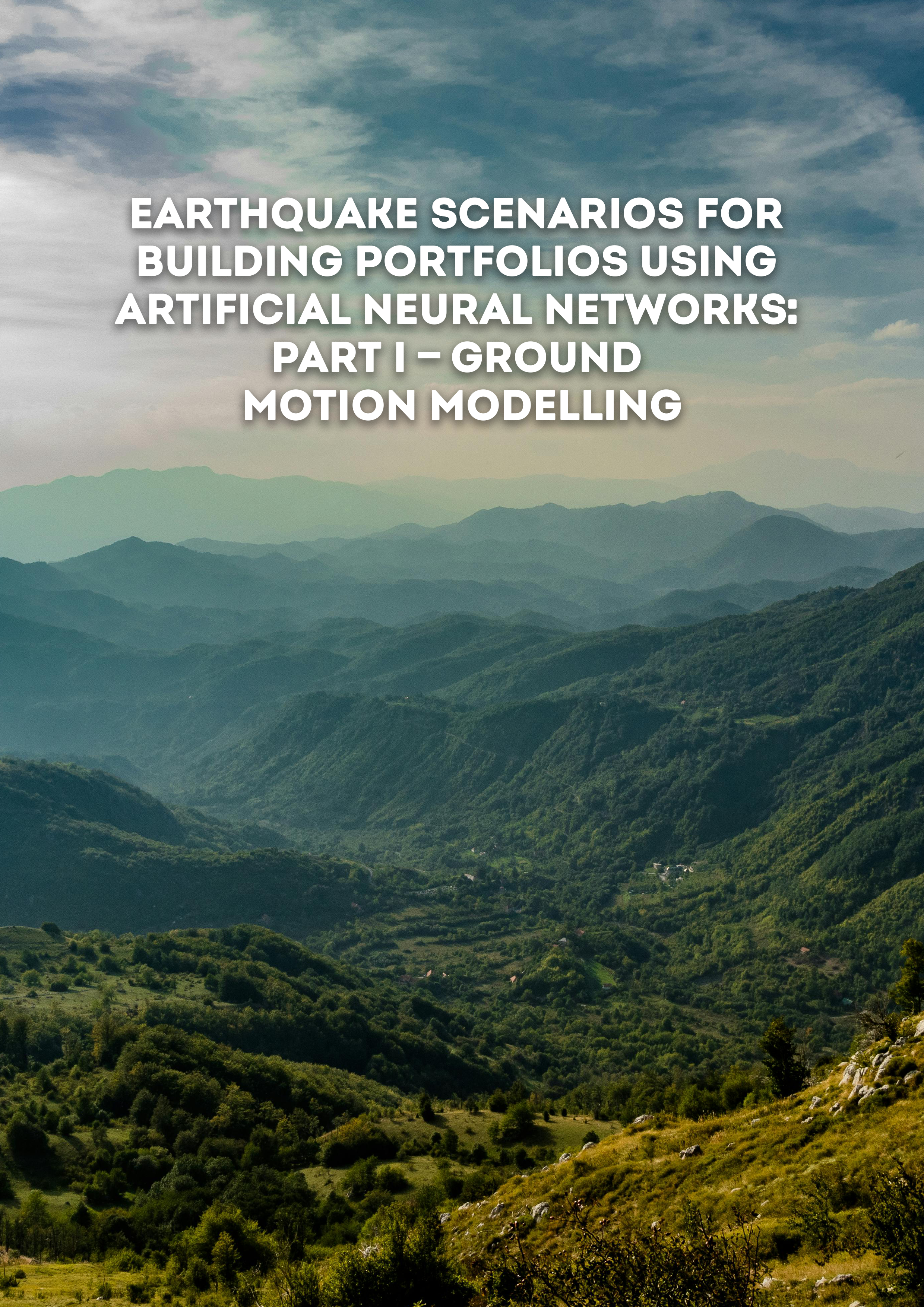top of page
Earthquake scenarios for building portfolios using artificial neural networks: Part I – Ground motion modelling
2022
|
Peer-reviewed
The calculation of the spatial distribution of ground motion is one of the most important steps in earthquake scenarios. The advancements in machine learning algorithms and the release of new ground motion data can enable improvements in the reliability and accuracy of this component. We developed an artificial neural network (ANN) ground motion model using a compiled database from two subsets with measured Vs30 from the Pan-European strong motion database and the NGA-West2 database. The ANN model employs five input parameters: moment magnitude (Mw), hypocentral depth, Joyner–Boore distance (Rjb), shear wave velocity in the top 30 m (Vs30), and faulting type. The outputs of the ANN are the RotD50 horizontal components of common intensity measures used in seismic risk assessment: PGA, PGD, PGV, Arias Intensity, and 5% damped spectral acceleration at 27 periods from 0.01 to 4.0 s. A mixed-effects modelling approach was followed to train the ANN and partition the ground motion variability into between-event and between-site terms. The input parameter scaling relationships were studied and demonstrated physically sound trends of the ground motion with respect to Mw scaling, distance attenuation, and site amplification. The predicted median response spectra for several combinations of Mw and Rjb were compared to common ground motion models for Europe, and the results are discussed. The developed ANN is used in a companion study to calculate the hazard footprints for several historical earthquakes in the Balkan region.
bottom of page








